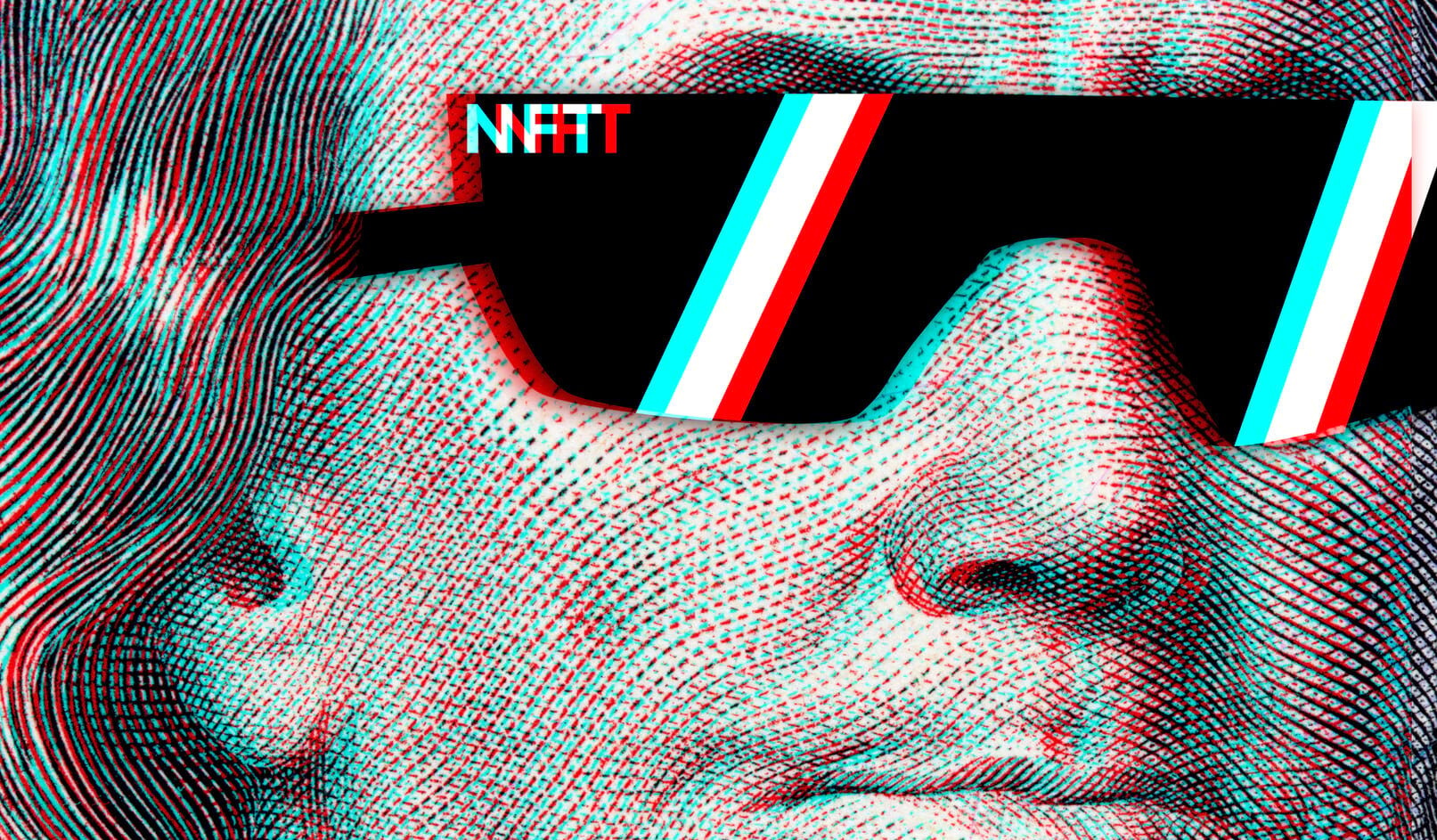The non-fungible token (NFT) is everywhere. Gary V is talking about them, Saturday Night Live is making fun of them, and my stepdad is asking me what on earth they are. Short-form social media platforms like TikTok and Instagram show examples of artists in various digital mediums cashing in big time. Just this March, the artist Beeple sold a digital collage of 5000 of his daily digital drawings for the equivalent of $69 million. You read the right. Sixty-nine. Million. Dollars. That’s enough to buy over 1000 Phase One XT IQ4’s.
If you think paydays are limited strictly to drawing, then you’re wrong. As far back as 2018, the image Forever Rose by photographer Kevin Abosch sold for (at the time) $1 million. This was before NFT was even a term. But let’s back up a little and define NFTs and what they mean for photographers.
What Is an NFT?
NFT stands for non-fungible token. “Fungible” means a good that is replaceable, like a pair of Jordan VI sneakers. Non-fungible means the good is one-of-a-kind, like the pair of Air Jordan 6 Sneakers that Michael Jordan wore during his first NBA championship. “Token” takes this physical concept and applies it to a digital world by using functions of cryptocurrencies, most commonly Ethereum.
Crypto-ethere-what?
I’m sure by now most of us have at least heard of the rise of cryptocurrencies. But for those unaware, a cryptocurrency is defined as “a digital currency in which transactions are verified and records maintained by a decentralized system using cryptography, rather than by a centralized authority.” A cryptocurrency is not based on any FIAT currency (or a government-issued currency not backed by a commodity), although they can be exchanged for one using a digital wallet.
The cryptocurrency aspect is important here. Not only is it used as the currency to purchase the digital product, but also for minting. Minting is the process of defining a digital work as unique on a ledger, allowing for a transfer of ownership. This would be the digital equivalent of a certificate of authenticity.
How Are NFTs Being Used?
Artists of all types are using NFTs to sell their digital goods online at places like Foundation and Rarible. This is the digital auction house, where buyers can browse digital art and place their bids. What does digital ownership really mean? You can buy an original painting and own the tangible asset. You can see it in your living room every morning when you wake up. The fact that it’s in your house means it’s not in anyone else’s house. A digital file, whether it be .jpeg, .gif, or .wav; how can one truly own it when that same digital file can be endlessly copied, or distributed online?
That’s exactly what the NFT is accomplishing. Through the minting process, you create the digital ledger that establishes ownership of a unique work. The NFT is essentially the certificate of authenticity and a contract of ownership. And, unlike provenance certificate forgery, the blockchain ledger is not subject to manipulation or duplication.
In many cases, NFTs are truly one-of-one. The digital asset ownership transfers from the artist to the buyer. In other cases, an NFT can be like a collectible, where there are 50, 100, or 1000 versions distributed to multiple buyers. Artists can even set up their NFT so that each time ownership changes in the future, the artist gets a portion of the sale price.
What’s Driving These Insane Prices?
One need only look at the homepage of Foundation to find examples of digital artwork selling for extremely high values. Personally, I feel the outlier sale prices are largely an overreaction, propped up on the excitement of new technology.
Excited buyers may feel they are part of a new era of art collection. Perhaps buyers are speculating that the works making headlines today will significantly appreciate in value over time.
How long will this excitement last? Will these digital assets have any value in the future? Will a new technology come along and make current NFTs irrelevant? These are all valid questions that we have no answers to yet.
Are There Any Negatives to NFTs?
The biggest concern over the rise of NFTs is their environmental impact. NFTs require computers for the maintenance and growth of blockchain technology. If you recall, both the minting process of an NFT and the use of cryptocurrency are built on blockchain technology. The creation and sale of NFTs end up using some serious electricity.
By some estimations, a single NFT uses more electricity than the average European resident uses in a month. It’s for this reason that there is a ton of controversy taking place over the sustainability of NFTs as their use becomes more widely adopted.
How Will This Affect Photographers?
Truthfully, photography is not the hottest category of art being sold in these digital auction houses. That’s not to say some photographers haven’t done really well. You’re far more likely, however, to find illustrations and animations commanding a high price.
If NFTs were to become more sustainable, I’m very interested in how they could be applied to contracts and usage rights for professional photographers. Could an NFT dictate how long a commercial client can use images? To hold someone liable for unauthorized use of an image? Could NFTs become a common way to transfer copyright to another person or entity? These are all pain points that photographers have been dealing with since photography became a digital format. The potential to solve them with NFTs is exciting.
If you’re interested in creating your own NFT, I recommend checking out this article at Coindesk. If this is all new, I highly recommend researching the volatility and uncertainty of cryptocurrency before rushing to mint your first NFT.
What type of applications could you see NFTs having for photographers?
Written by Rob Hall
Feature image courtesy of Ilikeyellow/ shutterstock.com

